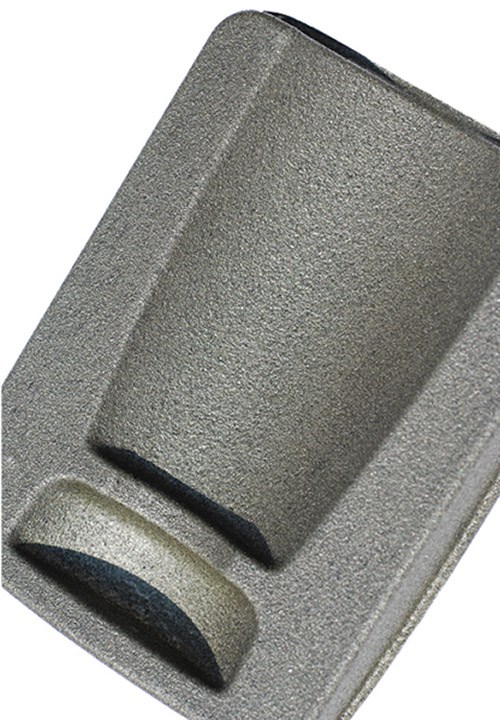Algae/PP Hybrid Can Be Thermoformed
Algae and plastics do mix—that’s the message to be delivered at the upcoming Pack Expo, Oct. 28-31 at Chicago’s McCormick Place.
Algae and plastics do mix—that’s the message to be delivered at the upcoming Pack Expo, Oct. 28-31 at Chicago’s McCormick Place. Dordan Manufacturing Co. Inc., Woodstock, Ill., will introduce the first-ever thermoformed sample of an algae/plastic compound. The material for this non-commercial demonstration part was formulated by Algix, Bogart, Ga., which has collaborated with the Univ. of Georgia and Kimberly-Clark to commercialize the cultivation of aquatic biomass, such as algae, as a feedstock for biobased plastic compounds.
Algix furnished Dordan with a 500-micron-thick sheet of 20% algae and 80% PP. Algix has developed algae-based formulations for a variety of other materials, including PLA and virtually all types of polyethylene, says Ryan Hunt, the company’s director of R&D. Compounding and sheet extrusion were performed by Interfacial Solutions LLC, River Falls, Wis. Algix is in discussions with companies in Georgia, where more than 150 carpet plants produce millions of gallons of nutrient-rich waste water that could be used to scale up biomass production to a fully commercial level.
Notes Daniel Slavin, Dordan president and CEO. “We are excited about the potential of Algix’s algae-plastic because it uses industrial waste, as opposed to agricultural byproducts, as feedstock.”
Meanwhile, Cereplast, Inc., El Segundo, Calif., has been developing algae biomass as a partial replacement for starch in its PP-based Sustainables family of compounds (see Nov. ’10 Close Up). The first commercial use appeared in April 2011 in a collection of hair accessories from The Barrette Factory, Hollywood, Calif.
Related Content
-
ExxonMobil Develops High-Performance, 95% PE Recyclable Thermoformed Packaging
The packaging solution involved a collaboration with equipment suppliers Hosokawa Alpine and Multivac Group.
-
Novel ‘Clamtainer’ Extends Thermoformer's Reach in Packaging
Uniquely secure latching expands applications for Jamestown Plastics’ patented clamshell package design.
-
Sheet Extrusion, Thermoforming Tips for PLA/aPHA Blends
Biopolymers like PLA and PHA are able to meet sustainability goals while also delivering the performance attributes needed in rigid food packaging. Here’s what testing has shown.














